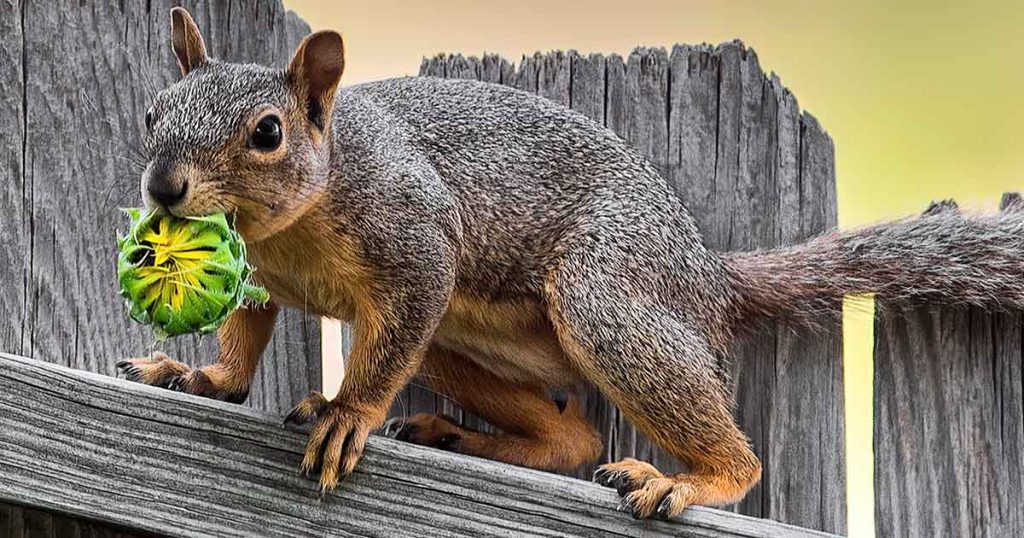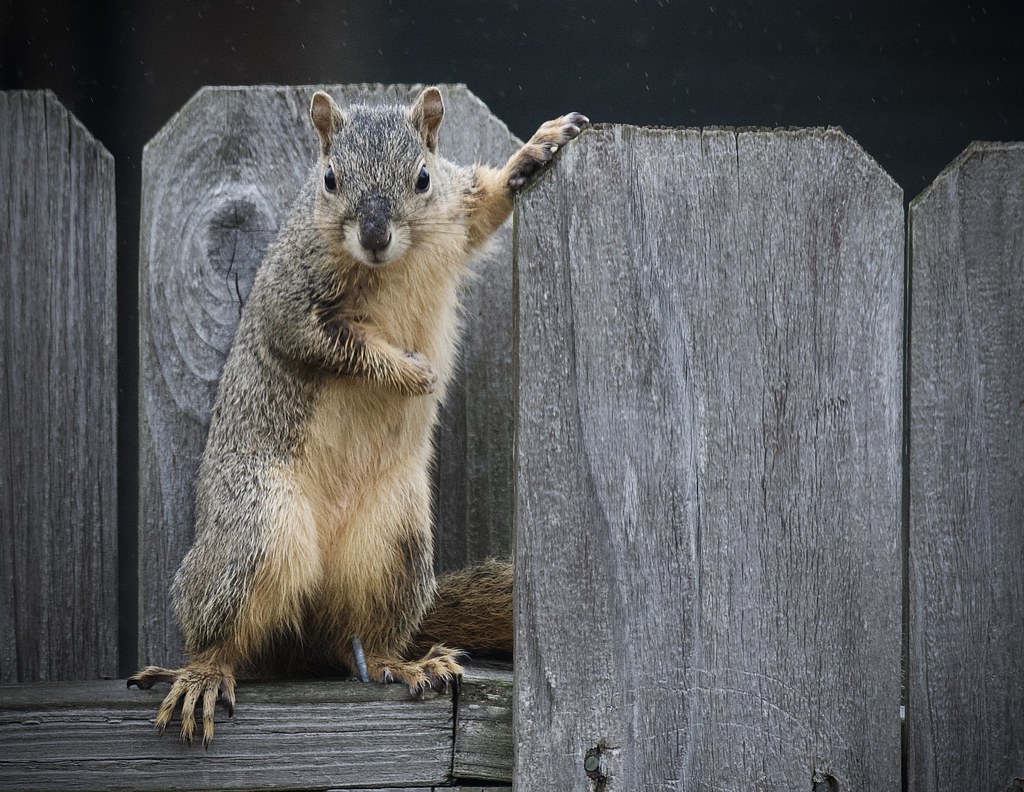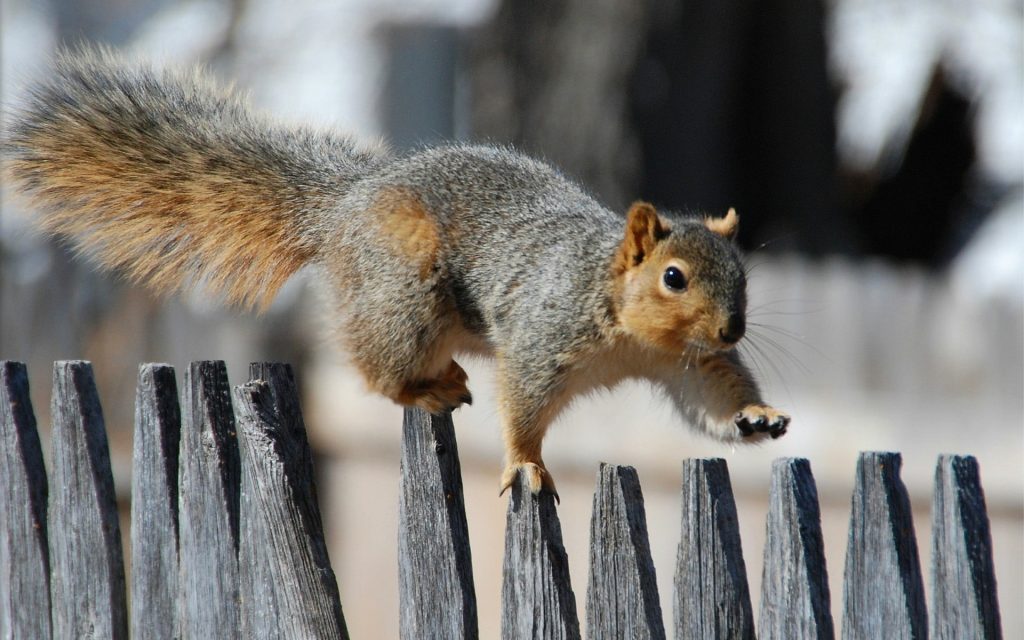
Squirrels are small, furry rodents that are found all over the world. They are known for their quick movements, cute appearance, and their ability to climb trees and buildings with ease. The history and evolution of squirrels is a fascinating topic that spans millions of years.
The earliest known squirrel fossils date back to the Eocene epoch, which occurred about 56 to 33.9 million years ago. These fossils were found in North America and Europe and belonged to a group of primitive squirrels known as the Sciuravidae. These early squirrels were small in size and had long, curved teeth that were adapted for eating insects.
Over time, squirrels evolved into a diverse group of animals that were adapted to different habitats and diets. Squirrels were able to survive and thrive by developing a variety of unique adaptations. Some squirrels became tree-dwelling and developed the ability to climb trees with ease. Others became ground-dwelling and burrowed underground to escape predators.
One of the most interesting adaptations that squirrels developed is their ability to hibernate. Some species of squirrels, such as the Arctic ground squirrel, hibernate for up to 8 months of the year. During hibernation, their body temperature drops, and their metabolism slows down, allowing them to conserve energy and survive in harsh climates.

Squirrels also developed specialized teeth that were adapted for gnawing through tough materials such as nuts, seeds, and bark. Their teeth continue to grow throughout their life, and they need to gnaw on hard objects to keep them from overgrowing.
Squirrels have also developed a range of behaviors that help them survive in different environments. For example, some species of squirrels cache food for the winter months, while others are social animals that live in large groups.
Today, there are over 200 species of squirrels worldwide. They are found in a variety of habitats, including forests, grasslands, and urban areas. Squirrels are an important part of many ecosystems, as they help to disperse seeds and provide food for predators.
In addition to their ecological importance, squirrels have also played a significant role in human history and culture. Squirrels were hunted for their meat and fur by Native American tribes and early European settlers. In the Middle Ages, squirrels were kept as pets by wealthy Europeans, and they became a popular subject of art and literature.
In modern times, squirrels have become a beloved symbol of wildlife and conservation. They are often featured in cartoons, movies, and advertising, and many people enjoy feeding and watching them in their backyards.

In conclusion, the history and evolution of squirrels is a fascinating topic that spans millions of years. Squirrels have evolved a range of unique adaptations that have allowed them to survive and thrive in different environments. Today, they are an important part of many ecosystems and are beloved by people all over the world.